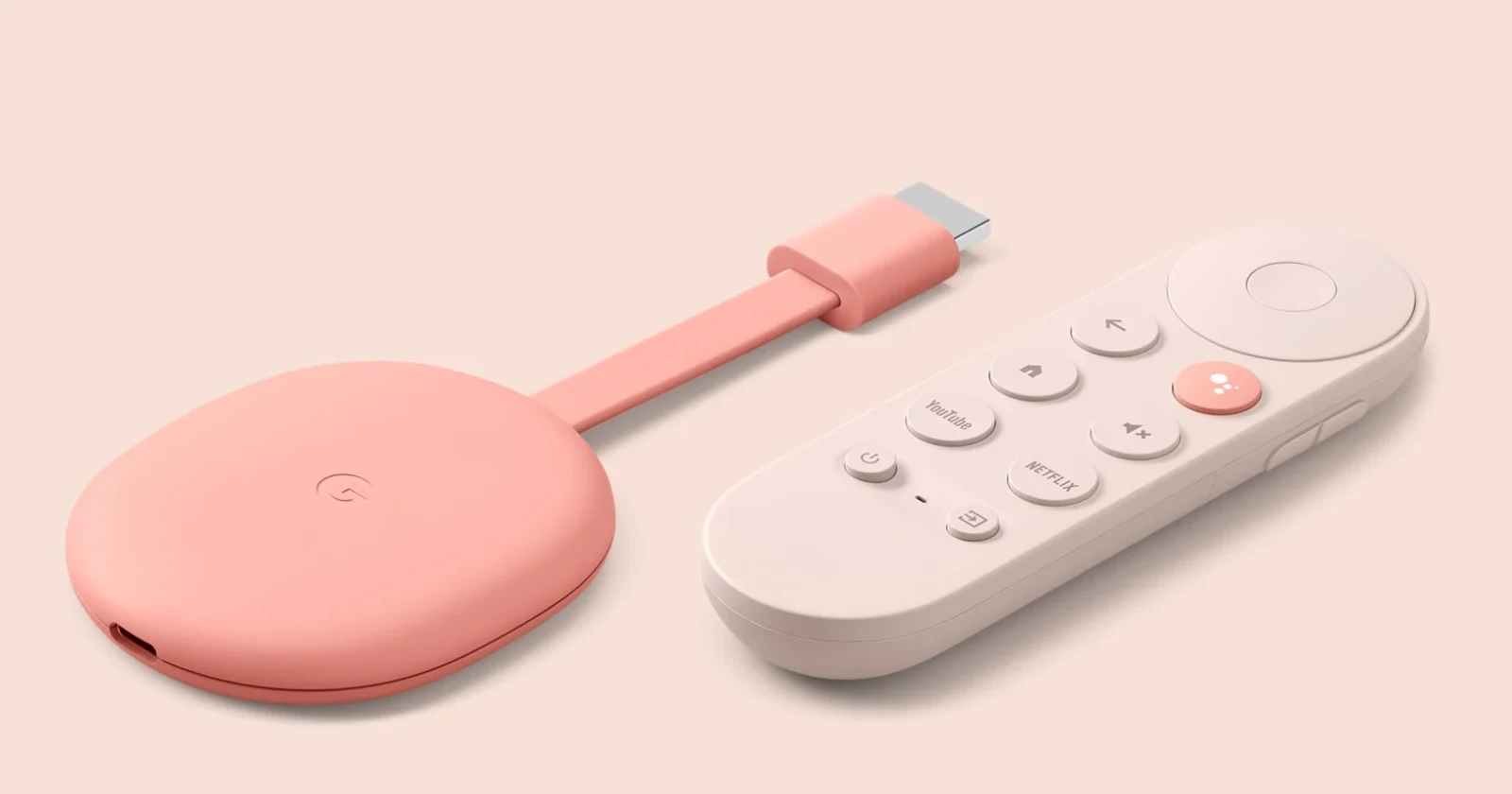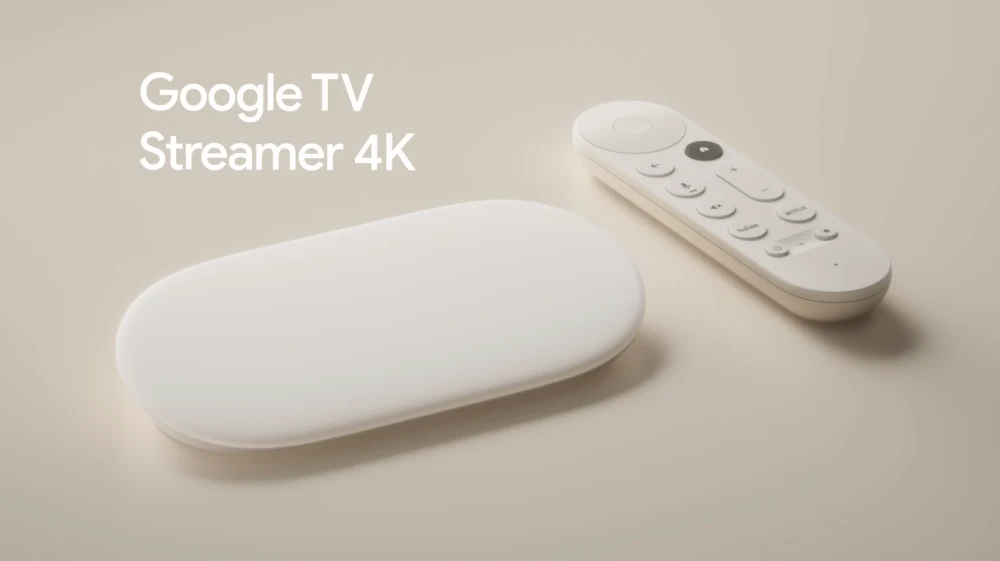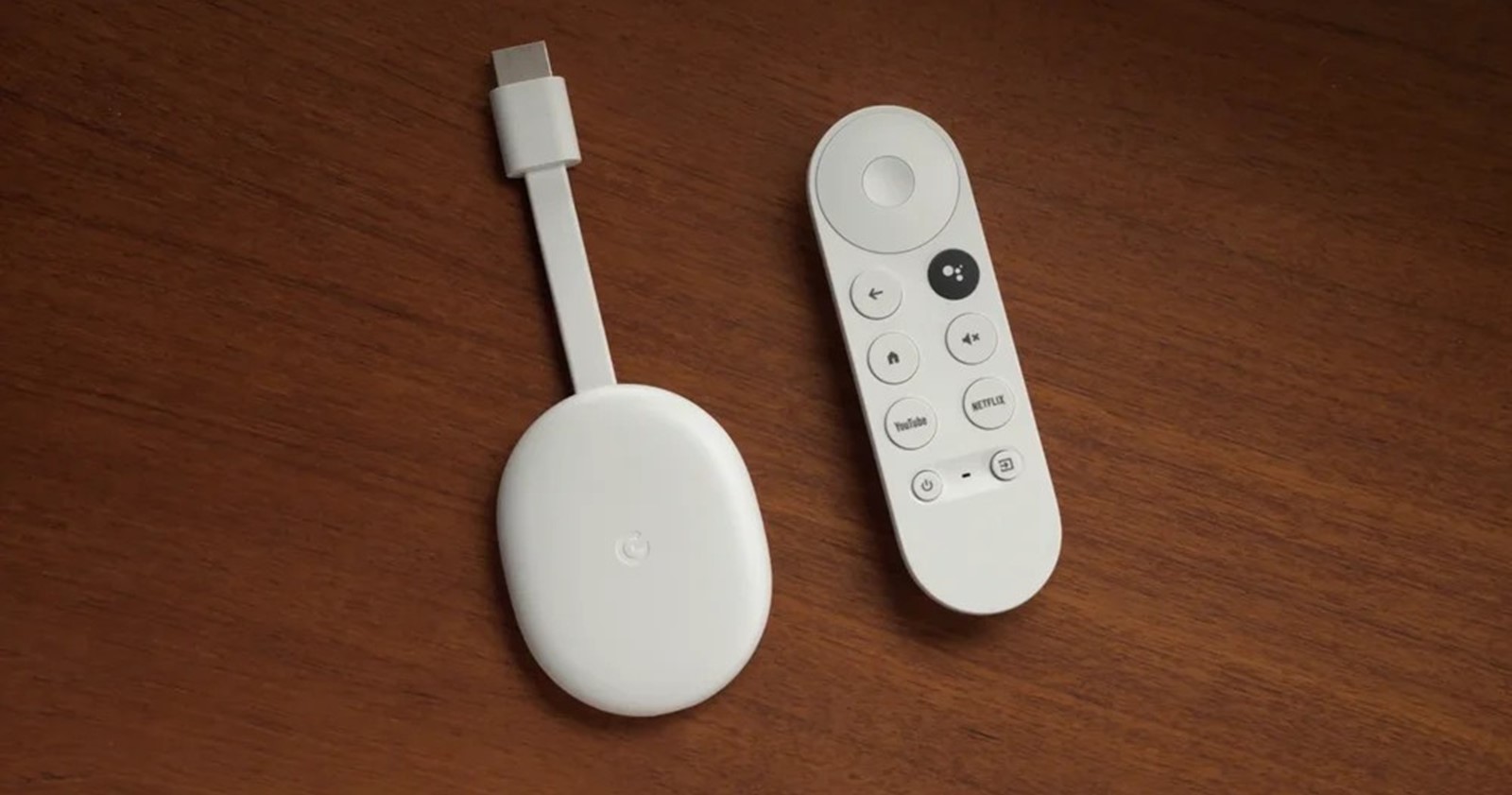Google has officially discontinued the Chromecast with Google TV 4K and HD models, ending sales on the Google Store as of February 20, 2025, following an announcement in August 2024. While production has ceased, these devices may still be available at third-party retailers while supplies last.
The Chromecast, first introduced in 2013, revolutionized streaming by allowing users to cast content from their devices to TVs. The Google TV versions, with their interactive interfaces and remotes, were major updates, but Google is now pivoting to the Google TV Streamer, a more premium device with AI features and smart home integration, priced at $99.99 and available since September 2024.

Existing users can rest easy knowing that software and security updates will continue to roll out, ensuring ongoing support. Interestingly, despite their discontinuation, both models — launched in 2020 (4K) and 2022 (HD) — have been hugely popular, with over 100 million units sold. This marks a major shift as Google pivots its focus toward the new Google TV Streamer.
This development signifies the end of a nearly decade-long journey for the Chromecast brand, which has been a cornerstone of home entertainment since its inception.
A critical aspect for current users is the support policy. Google’s blog post and subsequent reports confirm that there will be “no changes to our support policy for existing Chromecast devices, with continued software and security updates to the latest devices.” While specific end dates were mentioned in the initial query context (4K support until at least 2025, HD until 2027), there’s no official confirmation beyond ongoing updates, as seen in Chromecast and Google TV Streamer firmware versions and release notes, which lists updates into January 2025. Given the current date, the 4K model’s support aligns with the mentioned timeline, but exact future dates remain unverified in official sources.

For existing Chromecast with Google TV users, the discontinuation means their devices will continue to function with updates, ensuring security and performance. However, for potential buyers, the Google TV Streamer represents the future, offering enhanced features at a higher price point. This shift reflects broader market trends, where Google aims to cater to the modern era of AI and smart homes.
This move also aligns with the evolving landscape of smart TVs and streaming devices, where built-in capabilities and advanced features are increasingly expected. For users, the transition ensures continued support for existing devices, while new buyers are encouraged to explore the Streamer’s advanced offerings, potentially setting a new standard in the streaming market.
TechIssuesToday primarily focuses on publishing 'breaking' or 'exclusive' tech news. This means, we are usually the first news website on the whole Internet to highlight the topics we cover daily. So far, our stories have been picked up by many mainstream technology publications like The Verge, Macrumors, Forbes, etc. To know more, head here.


